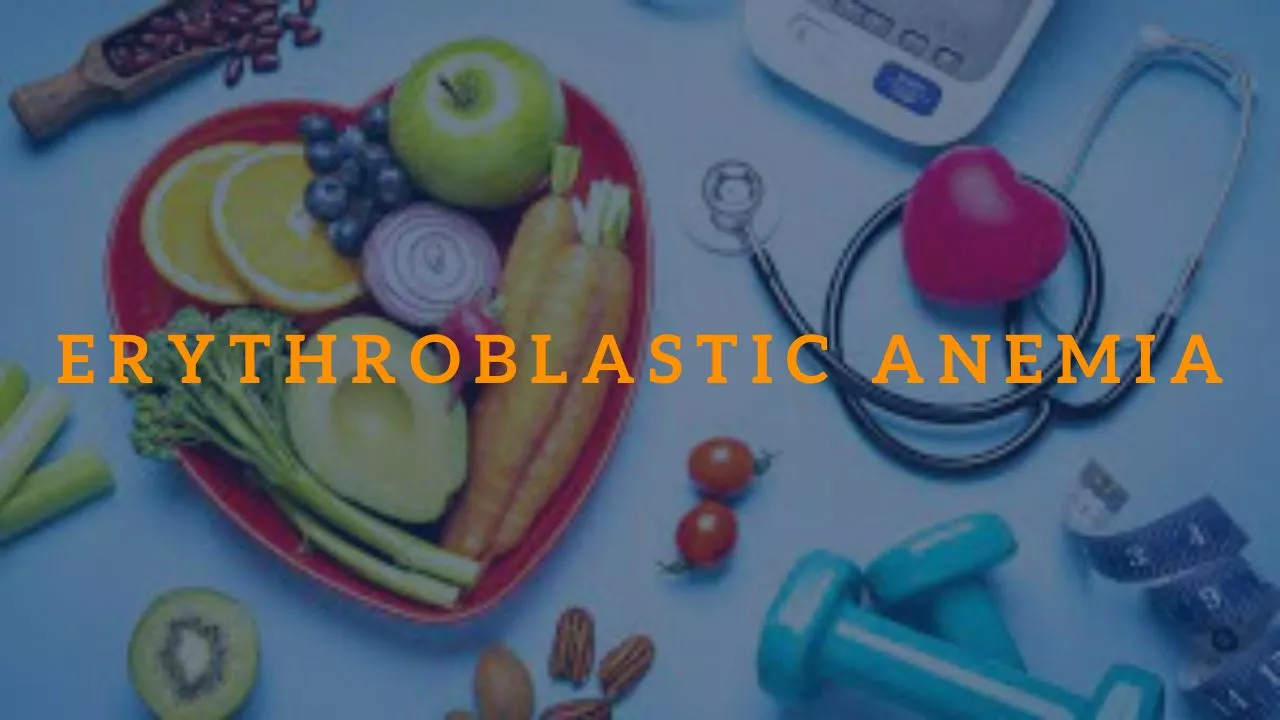Hello 1-GSM Visitors, today we will talk about erythroblastic anemia. This is a rare form of anemia that affects the production of red blood cells in the bone marrow. In this article, we will explore what erythroblastic anemia is, its causes, symptoms, diagnosis, and treatment options.

What is Erythroblastic Anemia?
Erythroblastic anemia is a type of anemia that occurs when the body is unable to produce enough red blood cells. Red blood cells are responsible for carrying oxygen throughout the body. Without enough red blood cells, the body may not get enough oxygen, which can cause fatigue, weakness, and other symptoms.
Causes of Erythroblastic Anemia
There are several causes of erythroblastic anemia. One of the most common causes is a deficiency in iron, vitamin B12, or folate. These nutrients are essential for the production of red blood cells. Another cause of erythroblastic anemia is bone marrow disorders, such as myelodysplastic syndrome or leukemia. These disorders can affect the production of red blood cells and lead to anemia.
Symptoms of Erythroblastic Anemia
The symptoms of erythroblastic anemia can vary depending on the severity of the condition. Some common symptoms include fatigue, weakness, shortness of breath, pale skin, dizziness, and headaches. In severe cases, erythroblastic anemia can cause heart problems and other serious complications.
Diagnosis of Erythroblastic Anemia
Diagnosing erythroblastic anemia usually involves a blood test to check the number of red blood cells in the body. If the number of red blood cells is low, further tests may be done to determine the underlying cause of the anemia. These tests may include a bone marrow biopsy or imaging tests to check for bone marrow disorders.
Treatment of Erythroblastic Anemia
The treatment of erythroblastic anemia depends on the underlying cause of the condition. If the anemia is caused by a deficiency in iron, vitamin B12, or folate, supplements may be prescribed to increase the levels of these nutrients in the body. If the anemia is caused by a bone marrow disorder, treatment may involve chemotherapy or other medications to help the bone marrow produce more red blood cells.
Prevention of Erythroblastic Anemia
Preventing erythroblastic anemia involves maintaining a healthy diet and lifestyle. Eating a diet rich in iron, vitamin B12, and folate can help prevent nutrient deficiencies that can lead to anemia. Regular exercise and getting enough rest can also help prevent anemia by improving overall health and well-being.
Complications of Erythroblastic Anemia
If left untreated, erythroblastic anemia can lead to serious complications. These complications can include heart problems, infections, and other medical conditions. It is important to seek treatment for erythroblastic anemia as soon as possible to prevent complications from developing.
Conclusion
Erythroblastic anemia is a rare form of anemia that can have serious consequences if left untreated. If you are experiencing symptoms of anemia, it is important to see a doctor for diagnosis and treatment. With proper treatment, many people with erythroblastic anemia can live healthy, active lives.
See You Again at Our Other Interesting Article
